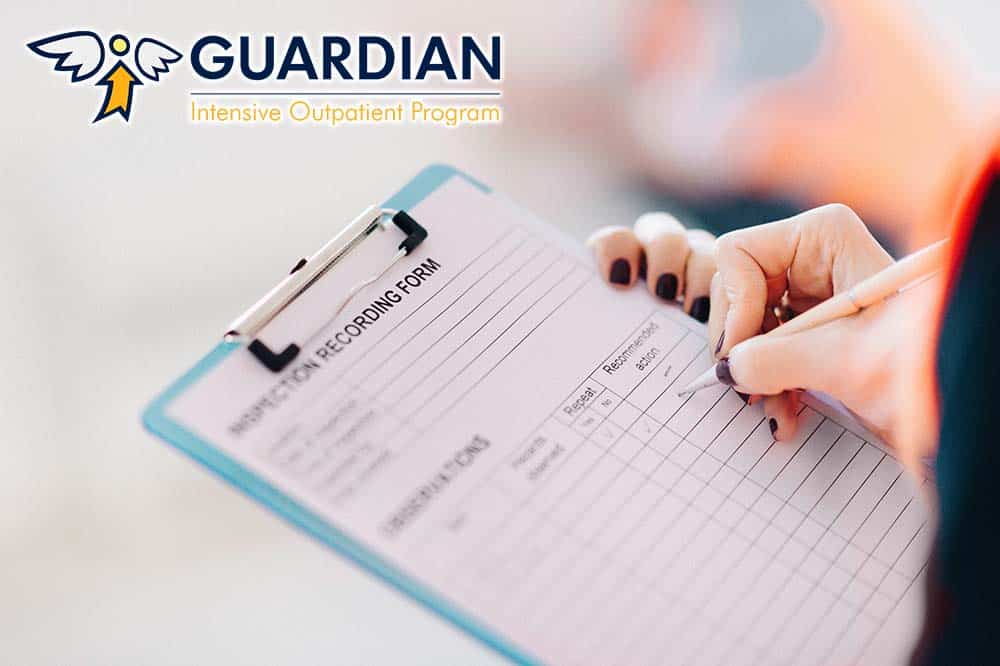Addiction can happen to anyone in any family in any community. Although addiction and dependence may look similar from the outside, there are some fundamental differences to be aware of.
To start, addiction is defined as the continued and compulsive misuse and abuse of a substance despite knowing the consequences of continued use. It is characterized by:
- Not being able to stop using the drug
- Inability to go to work, school or otherwise fulfill life’s obligations
- Developing a tolerance and experiencing withdrawal while not on the drug
Tolerance and withdrawal are also aspects of physical dependence. Physical dependence occurs when the body grows to expect the drug, which means a person must take more of it to reach the desired effect. A person who is dependent on a substance also experiences withdrawal symptoms when they stop taking it. The major difference is that physical dependence can occur when taking any drug, even a prescribed drug at the prescribed dose, for a prolonged period of time. Tolerance and withdrawal therefore do not always constitute an addiction – rather, they are associated with addiction.
Mental reliance on the substance is a hallmark characteristic of addiction. People may believe they need to drug to have a good time or to cope with the stressors of life. This leads them to go to extreme means to obtain the drug.
Signs and Symptoms of Morphine Addiction and Physical Dependence
Morphine is a highly addictive, powerful opiate that is usually given to people in the hospital after they have undergone a major surgery. The drug functions by binding with the opioid receptors in the brain, which triggers a release of chemicals that cause extreme euphoria and relaxation. Morphine can be an escape from both physical and emotional pain, or at least seem make them less important while a person is high.
The typical signs and symptoms of morphine addiction and dependence may include:
- Extremely dilated pupils
- Nodding off while doing things
- Slurring speech
- An inability to focus or pay attention
- Shallow breathing
- Nausea and vomiting
- Hallucinations
- Itchy skin
- Drowsiness
It can be difficult to tell is someone has an addiction to a legitimate prescription for morphine prescribed to manage chronic pain, but changes in behavior and the physical symptoms above are red flags to watch for. Even if a person started off as just being physically dependent on a substance, by the time signs and symptoms have started to become obvious, an addiction has normally formed.
Why the Difference Matters for Morphine Addiction Treatment
Understanding the difference between addiction and physical dependence can influence what the most appropriate treatment plan is for a given client. A physical dependence on morphine must be addressed before treatment can dive into the mental and emotional aspects that fuel addiction. It is important to seek treatment at a specialized addiction rehabilitation facility. Trained doctors and nurses can help you or your loved one manage the withdrawal symptoms that come after stopping morphine. The onset of those symptoms if usually between 6 and 12 hours after the last dose, and the worse they get the more likely a person is to relapse if they aren’t supervised. Withdrawal symptoms may include:
- Nausea and vomiting
- Agitation or restlessness
- Experiencing pain in joints and/or muscles
- Profuse sweating
- Panic attacks
- Runny nose, sneezing
- Feeling feverish or having chills
- Diarrhea and stomach cramps
- Shallow breathing and the sensation of a racing heart
- Insomnia
- Intense cravings
Specialized doctors can use medications, such as methadone, naltrexone and buprenorphine, to help manage and lessen the intensity of withdrawal symptoms. These treatments have the same mechanism as morphine – they bind to opioid receptors, but at a much lower intensity when it comes to euphoria. Using these medications helps the body to adjust to the lack of morphine gradually and safely.
After detoxification, addiction treatment addressing the behavioral side can begin. At a specialized treatment facility you or your loved one have access to inpatient and outpatient treatment services, as well as communication and therapy opportunities with a group of highly trained and experienced mental health clinicians as well as addiction specialists. These professionals will evaluate every client’s case and develop a treatment plan completely catered specifically to their needs. A combination of therapy, education, behavioral therapies and holistic treatments like yoga or meditation can help heal your mind, body and spirit after addiction.
If you would like more information about morphine addiction treatment about Guardian IOP’s outpatient and 12 step programs, call (877) 831-2533.
Sources:

Reviewed for accuracy by:
Anna Marie Barrett LCSW, CYT
Anna earned her Masters of Social Work at Barry University in Miami, FL in 2017 and completed her internship in co-occurring disorders. Anna has a Bachelors of Art in Religious Studies from Naropa University and is a certified yoga and meditation instructor. Anna has received specialized training in somatic counseling with an emphasis on body-centered psychotherapy.




















